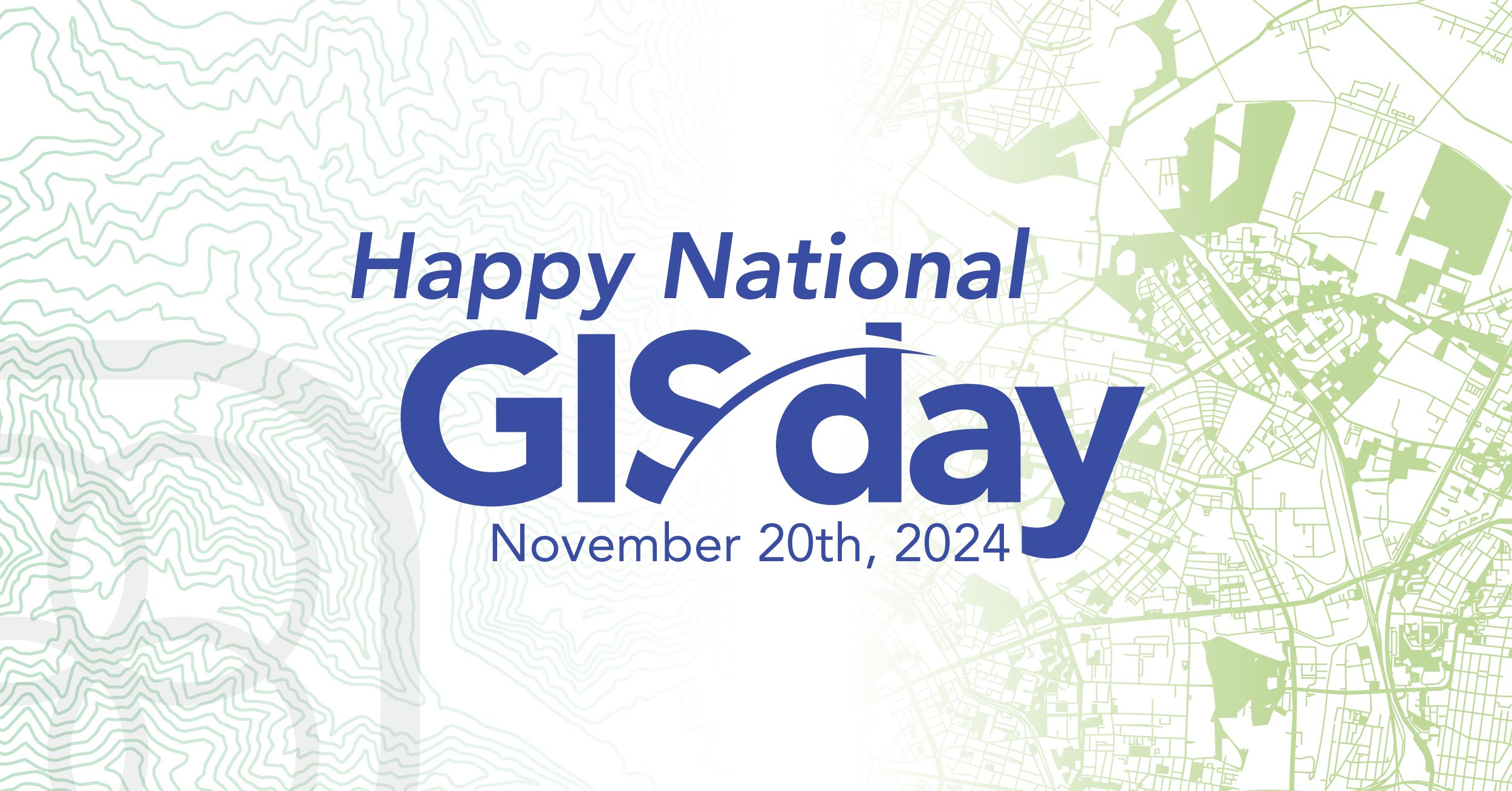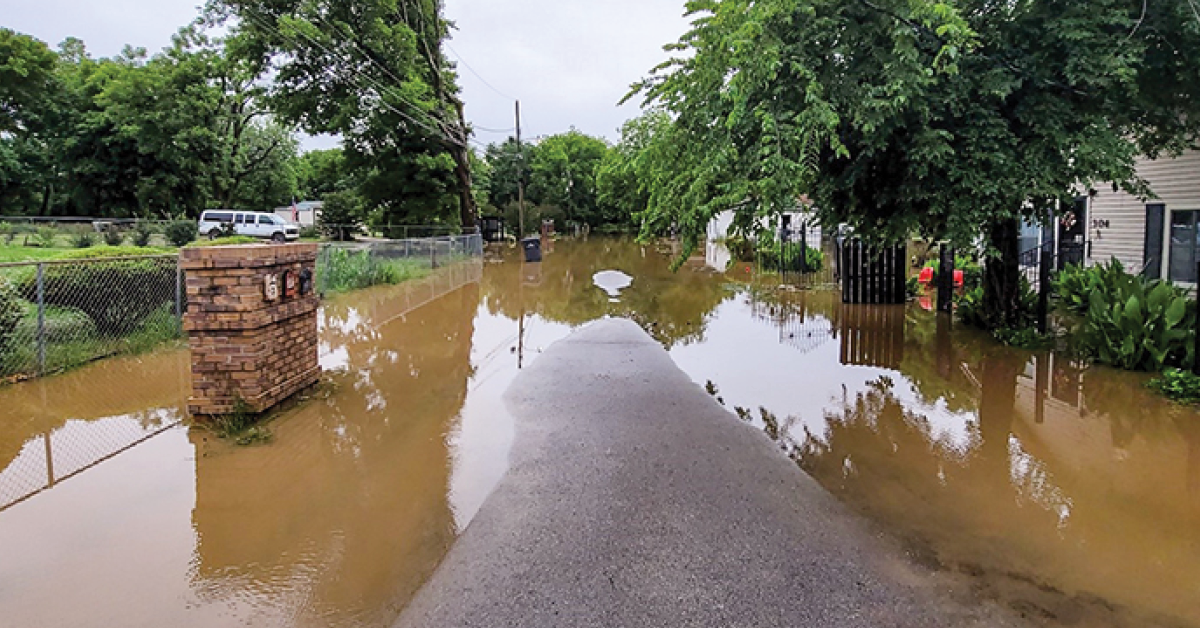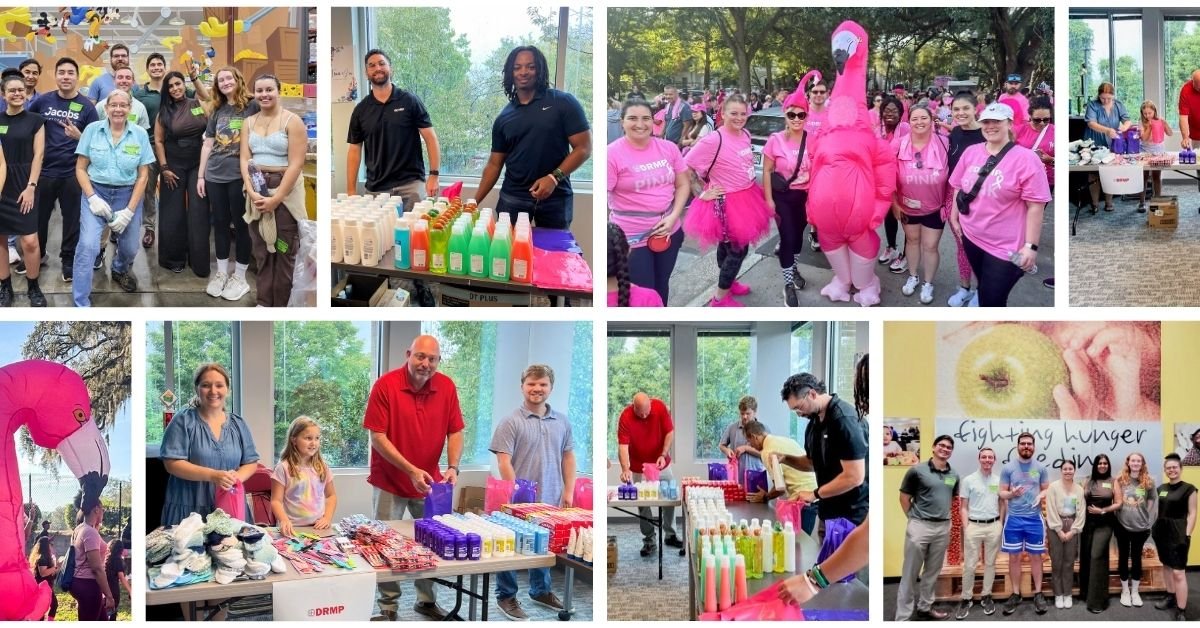Raleigh's bustling corridors can make it tough for transit to stay on schedule, especially during peak traffic times. Along one of the busiest corridors in Raleigh – the intersection of Capital Boulevard at Calvary Drive – lined with three lanes in each direction, has always been a congestion hotspot and is a focus of the City’s Vision Zero program.
Vision Zero is a safety initiative aimed at eliminating all traffic-related deaths and severe injuries through better road design, policies, and education.
To alleviate this issue for public transportation, the City of Raleigh selected DRMP to design a specialized solution—a queue jump lane at a critical signalized intersection. DRMP is also completing bus stop improvements along with other intersection improvements to shorten crosswalks and reconfigure the pedestrian refuge areas at the crosswalks.
This queue jump lane gives buses preferential access to the intersection by using a dedicated lane. For this intersection, with support from the City and the North Carolina Department of Transportation (NCDOT), DRMP is converting an existing southbound right-turn lane into the bus queue jump lane. The goal? Allow buses to get ahead of the regular traffic and stay on schedule.
This isn’t a full-blown “priority” transit system like you’d find in larger cities, such as New York City or Los Angeles where the entire corridor’s signals are timed to move buses quickly and require more complex infrastructure over a larger area for the system to operate appropriately. That type of system isn’t practical at this location given the current setup. Instead, DRMP’s solution gives buses the wiggle room they need without disrupting overall coordination on the road.
How It Works
Buses on this corridor arrive approximately every 15 minutes. Due to the high volume of traffic, the buses have difficulty finding gaps to merge into the southbound through lanes. Without the queue jump system, they would be stuck in the same congestion as everyone else, causing delays to the bus schedule. But with the new setup, the buses now have two chances to clear the intersection.
The bus is detected by sensors in its lane, which triggers the signal to give the bus a dedicated time to “jump” the adjacent through movement, helping it slip through with limited delay.
There are two opportunities during each cycle for the bus to get priority depending on when the bus arrives.
When the bus arrives at the intersection, sensors detect its presence, prompting the traffic signal to create a brief window for it to “jump” ahead of the regular traffic flow on Capital Boulevard. The timing of this priority shift depends on when the bus arrives within the signal cycle.
If the bus arrives at the start of the green light for Capital Boulevard, it gets priority during the beginning of the southbound left turn phase, crossing the intersection first before normal signal operations resume for the southbound and northbound left turns. However, if the bus arrives later in the cycle, it "jumps" at the end of the green phase for the through lanes. In this case, the signal stops southbound through traffic, allowing the bus to proceed along with the northbound through movement. Then it proceeds back to normal operation serving Calvary Drive traffic.
This setup helps the bus move through the intersection with minimal delay, using the adjustments to bypass traffic efficiently.
This system, with two opportunities for the bus “priority,” make it unique from other systems that typically only allow one opportunity for buses to get ahead. The design also allows the City to use alternative signal operations with the bus queue jump lane to be able to maximize efficiency when traffic is either inbound or outbound from the downtown area.
A Tailored Solution
This project didn’t use the standard programming available in the signal software for priority transit systems. Instead, it required a more creative approach to modifying the signal phases to make sure buses get priority without knocking the entire intersection out of sync. DRMP's team worked closely with the City of Raleigh and NCDOT to bring this unique project to life.
Thanks to this customized solution, once implemented, Raleigh’s bus system will be able to travel through one of its busiest intersections more efficiently without disrupting the flow of other traffic or delaying its transit schedule.
Lucas S. Helms, PE, serves as a Roadway Group Leader for DRMP’s Transportation Market Sector.
Lisa M. Moon, PE, serves as The Carolinas Traffic Group Leader and a Senior Project Manager for DRMP’s Transportation Market Sector.


















